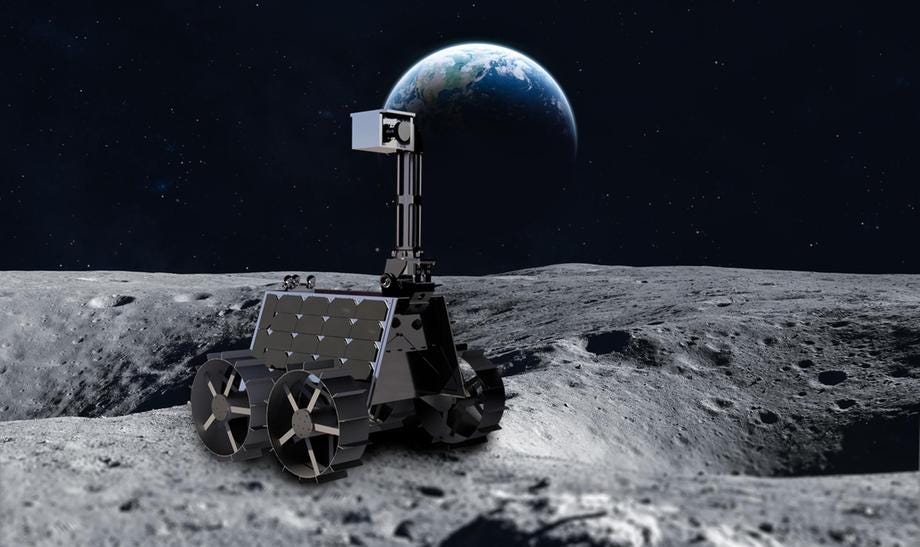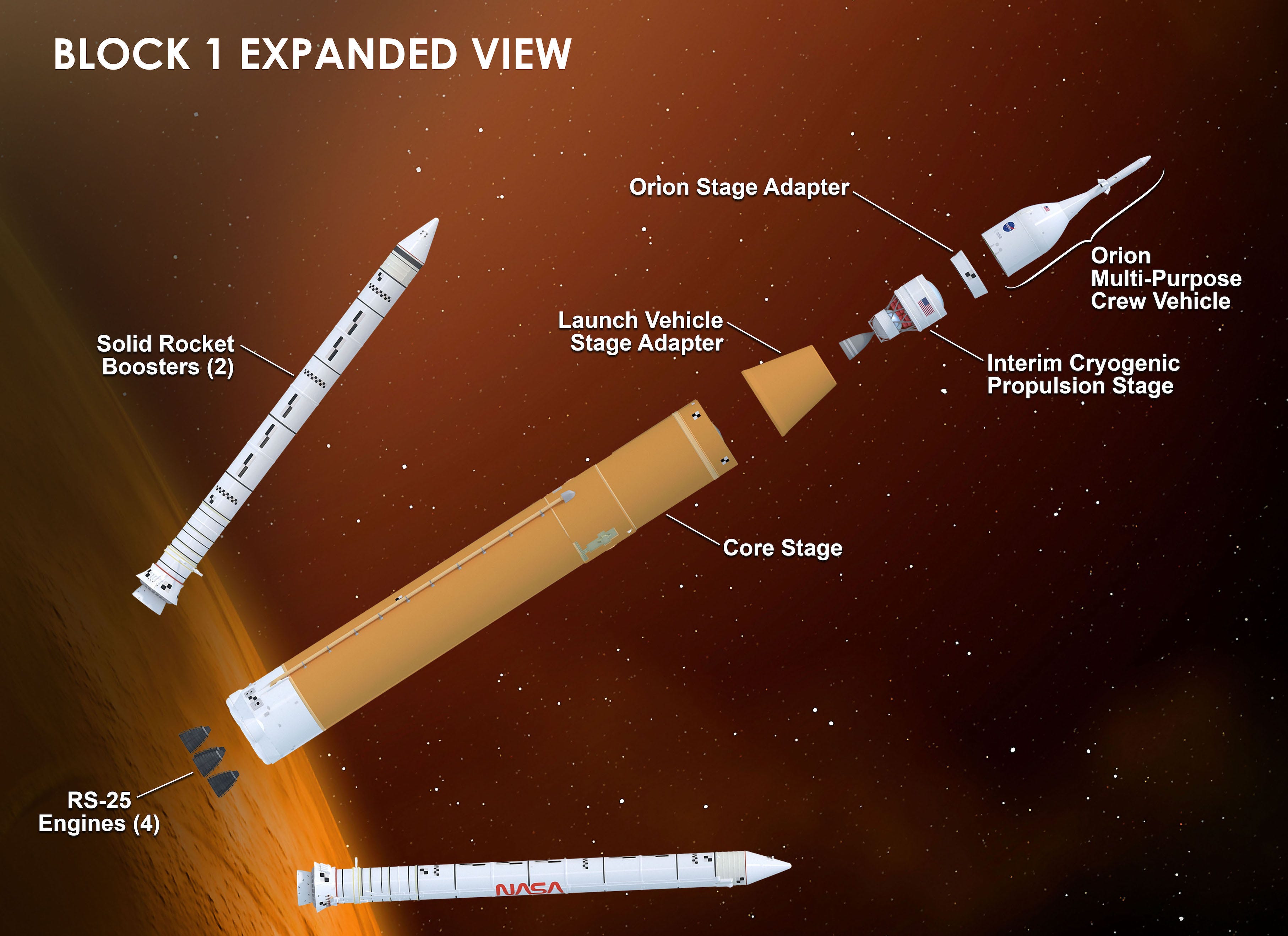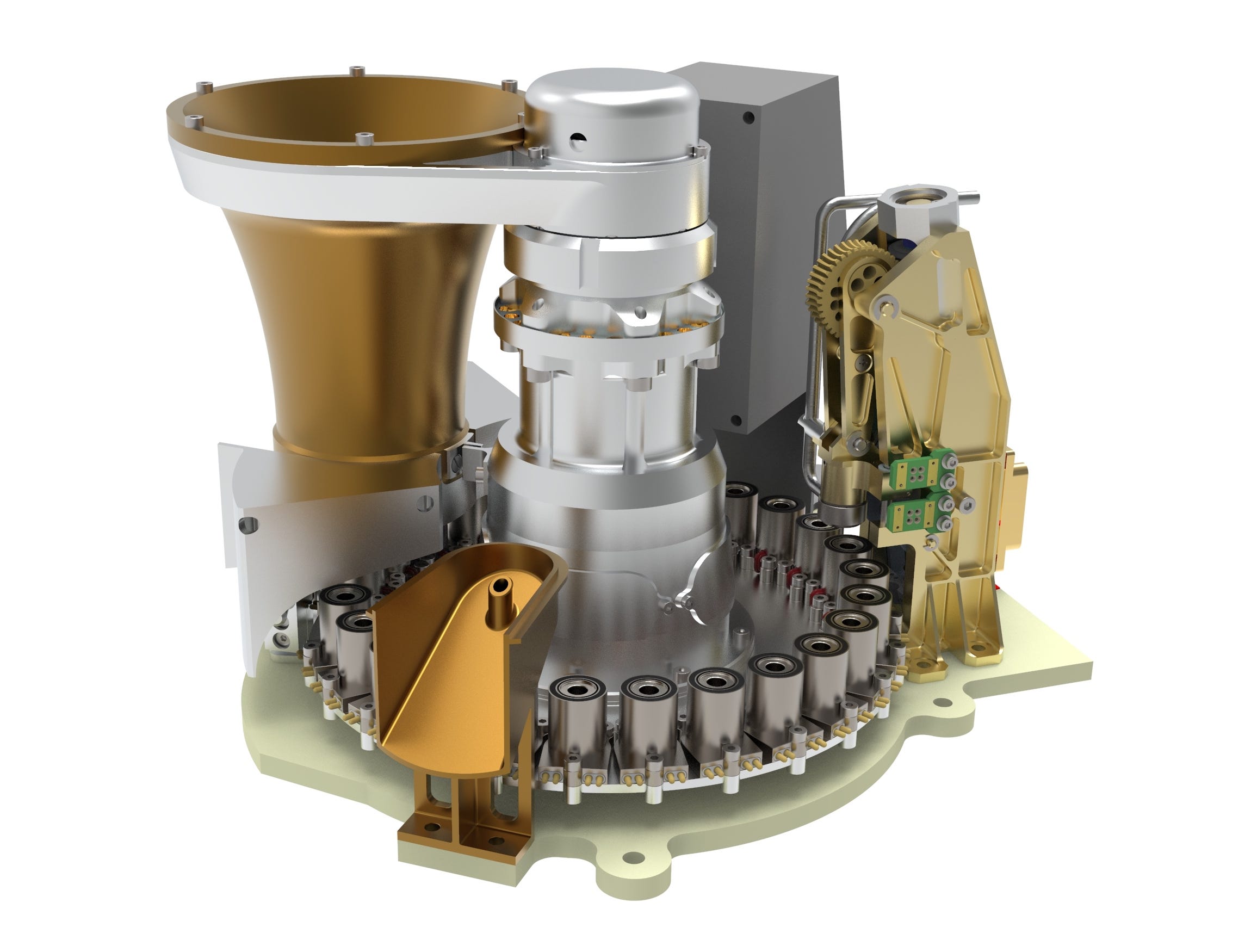Moon Monday Issue #33
France to provide cameras for UAE's Rashid rover, Intuitive Machines to deploy a communications satellite in lunar orbit, ESA instrument to extract water from Moon rocks, and more lunar developments.
Highlight
The French space agency will provide two high-resolution cameras for UAE’s Rashid rover, which is scheduled to land on the Moon in 2022 onboard ispace’s 1st Moon landing mission. One camera will be on the rover’s mast to provide panoramic views while the other will be rear-mounted to analyze drive tracks and infer wheel sinkage as well as mechanical properties of the soil from it.

At the Global Space Exploration Conference (GLEX) this month, UAE’s space agency revealed that they have prolonged Moon exploration plans. They will send another rover to the Moon before 2025, followed by several orbiters. They will also look to partner with other agencies—presumably NASA—to send Emirati astronauts to the Moon. The UAE also wants to encourage local companies and startups to contribute to their missions starting as soon as their second lunar rover.
Exploration
NASA continues assembling the SLS rocket for the uncrewed Artemis I mission to the Moon and back. Following the stacking of the core stage to the twin boosters, NASA has now put the cone-shaped adapter module on top of the core stage. This module will connect the core stage to the next-to-be-stacked Interim Cryogenic Propulsion Stage, which will provide the Orion spacecraft sitting on top of it the necessary thrust to travel to the Moon. Interestingly, NASA continues to mention 2021 as the launch date for Artemis I.

In a podcast with Aviation Week, ULA chief Tory Bruno said their Vulcan rocket’s first flight carrying Astrobotic’s 1st Moon lander has been pushed to Q1 2022 instead of late 2021. He cited Astrobotic’s lander not being ready for launch this year as the reason for the delay, and added that he didn’t want to fly Vulcan without a payload for the sake of a launch. This means the first two commercial Moon landing missions of NASA’s CLPS program are now launching in Q1 2022 instead of this year.
A third CLPS mission has been delayed too. Citing cumulative industry-wide effects of COVID-19, Masten has delayed the launch of its first Moon landing mission from December 2022 to November 2023. Masten notes that since the mission is on the Moon’s south pole, where lighting conditions are hardly favorable, they chose the November 2023 timeframe specifically for getting reduced shadows at the landing site—apparently even better conditions than the 2022 timeframe—to maximize science output of the mission.
Intuitive Machines will deploy a communications satellite built by York Space Systems in lunar orbit as part of their 2nd Moon landing mission in late 2022. The satellite will provide relay communications for the mission. Intuitive Machines says this is the first of the many satellites they’ll launch to form a lunar communications network over the years. Related: The same mission will also carry a rover to demonstrate 4G LTE communications on the Moon.
On June 8, the U.S. Senate had passed an amendment to the Endless Frontier Act, which if signed into law by the U.S. House would mandate NASA to add another company in addition to its SpaceX Starship selection to compete for landing the first Artemis astronauts on the Moon. Now, The Wall Street Journal reports that at least the U.S. House Science Committee isn’t interested in passing such an amendment, and their version of the bill skips mentioning any funds for another human lunar lander.
Science
A group of European scientists have demonstrated a method to extract water from Moon rocks! Specifically, they did so from iron-oxide bearing lunar soil simulants, a lunar meteorite, and two Apollo samples. Notably, they used a simpler, cheaper static system that can easily fly on small landers as opposed to complex, traditional methods without having major losses in extraction efficiency. A flight version of the same instrument will be part of the Russian Luna-27 mission to the Moon’s south pole in 2025 to demonstrate water extraction from collected lunar material. The authors say that this tech could be useful in the future to grade collected raw lunar materials before setting up or passing them through large water extraction plants at a site.

By combining data from NASA’s LRO and JAXA’s SELENE lunar orbiters, scientists have made a more accurate global map of the 3 most common minerals on the Moon—plagioclase, pyroxene, and olivine. The higher resolution map also identifies several new silica-rich exposures, which will help scientists better understand the diversity of the Moon’s past volcanic activity.
More Moon
A nice article by NASA explains the sheer levels of protective layers their VIPER rover will have to ensure that notorious Moon dust stays out of its wheels and joints as it explores some of the harshest regions on the Moon.
NASA has released a neat new Artemis-themed educator’s guide on landing humans on the Moon for middle school students as well as curious adults of all ages. The guide features activities to learn about the Moon’s history and geology, apply engineering design principles to create a model human lander, and ultimately balance the two factors to choose a landing site. Fun! 🤓
Everyone, I’m publishing this one-of-a-kind Moon exploration newsletter for free, with no ads. And it will stay that way. If you like my work, support me to keep it going. I accept monthly support as well as one-time donations at various levels.
